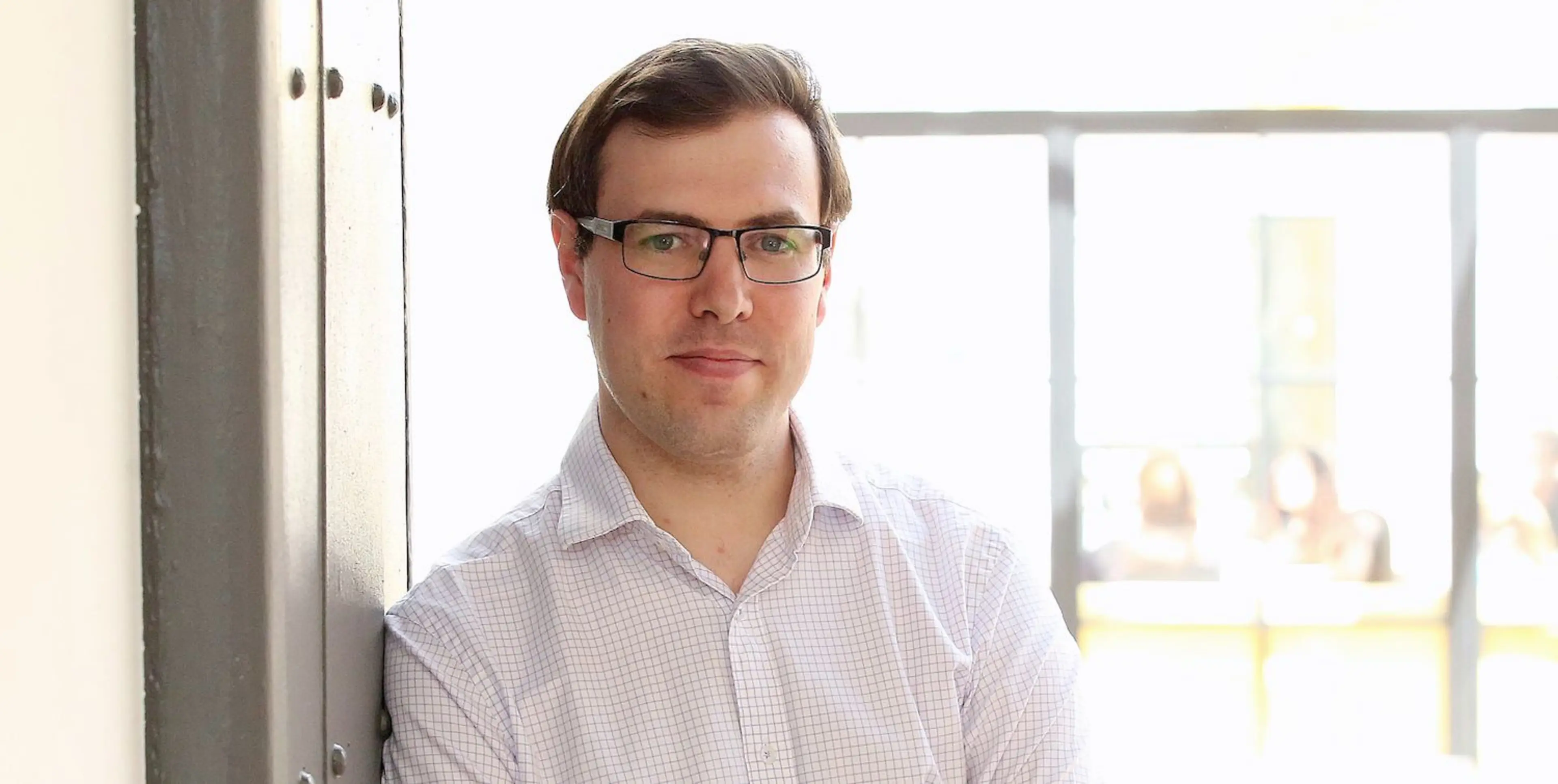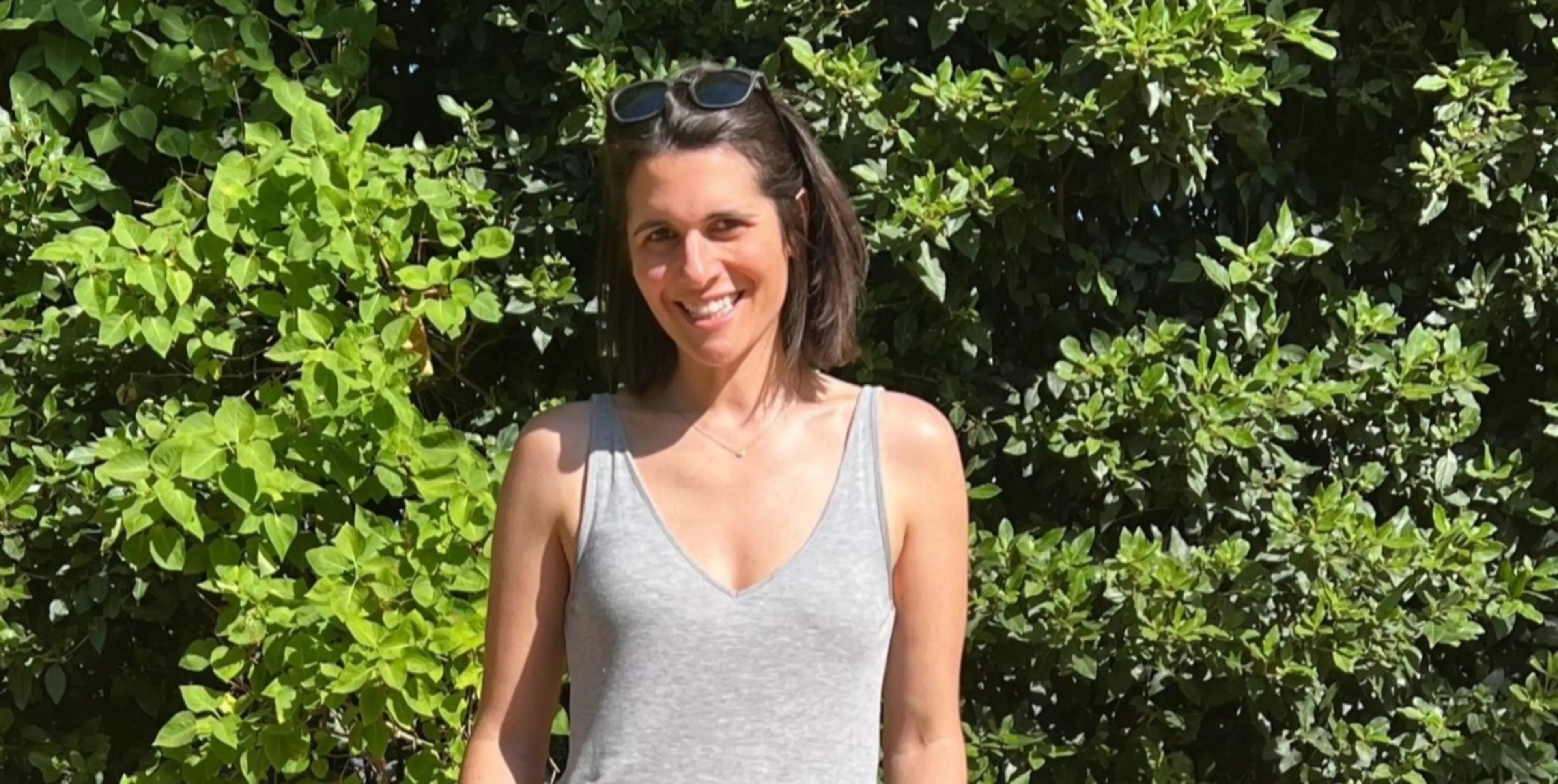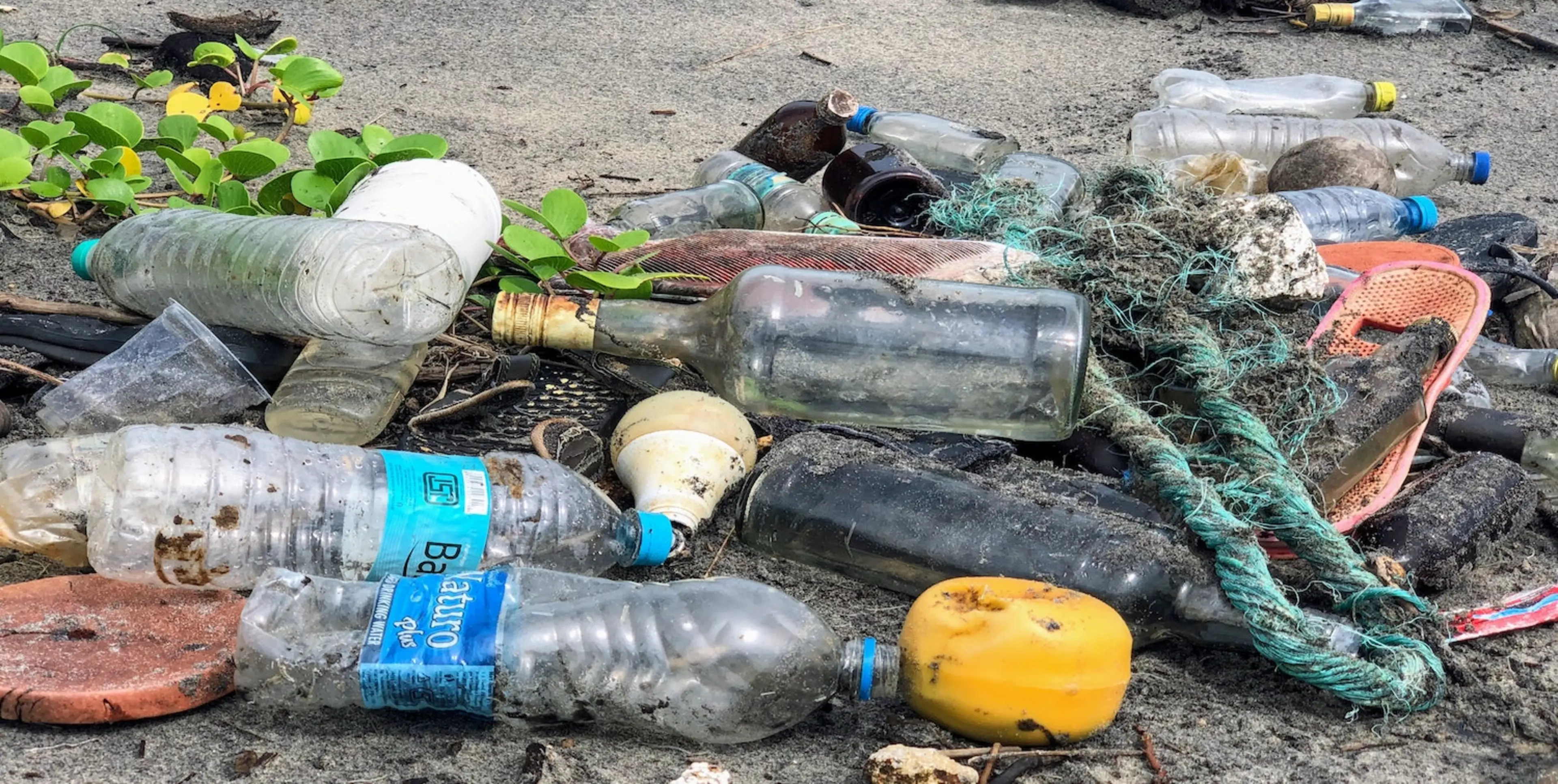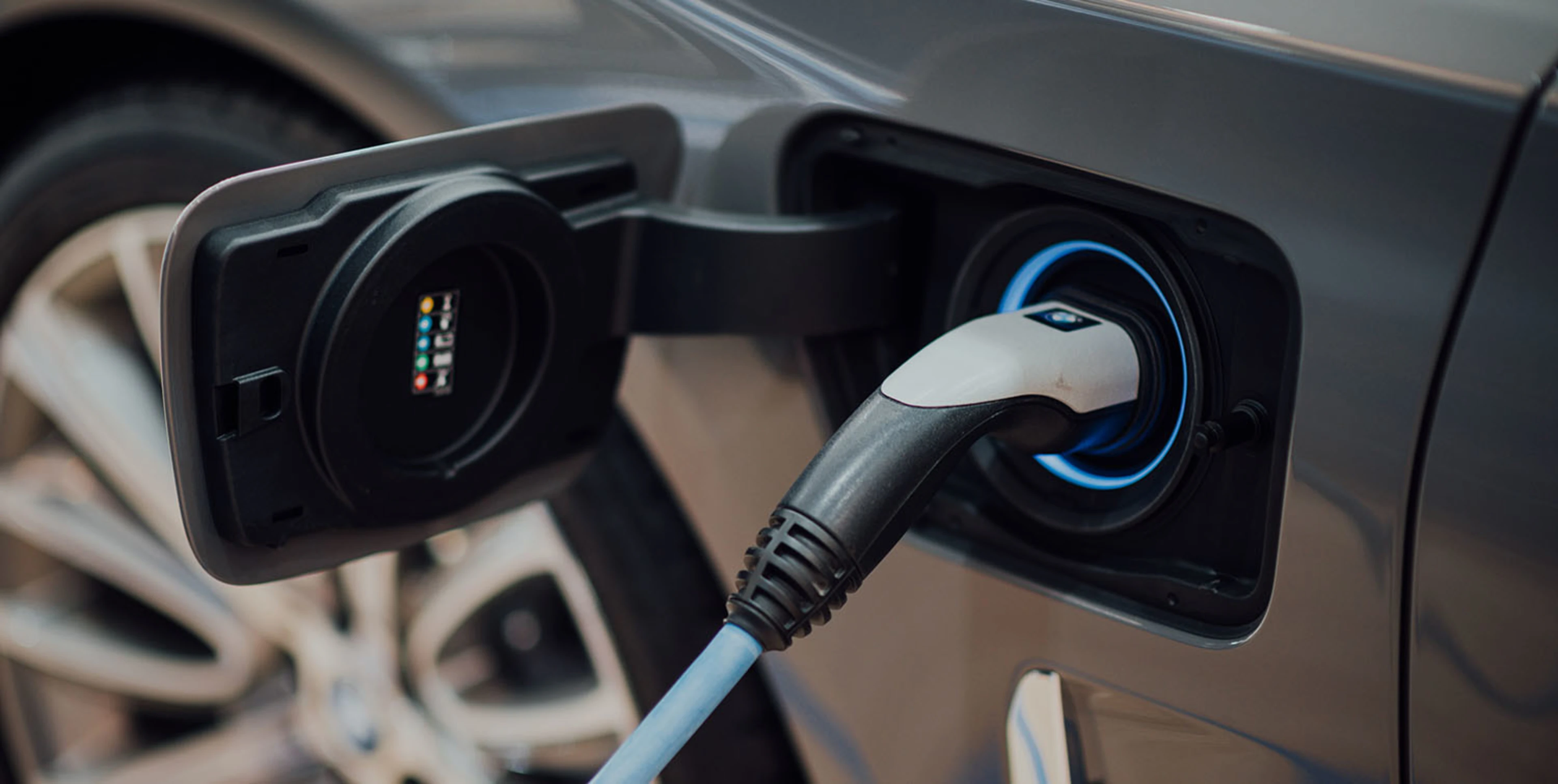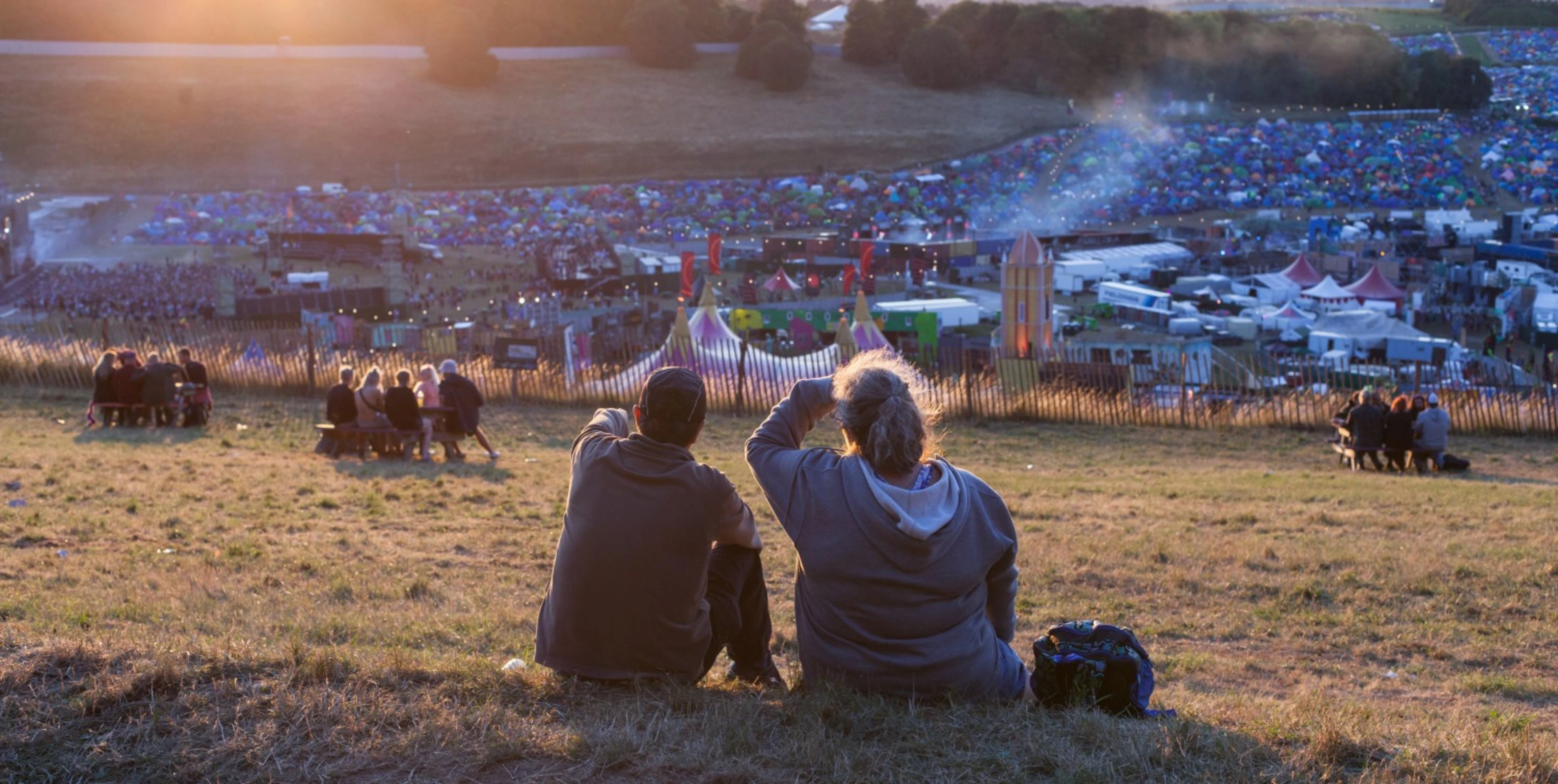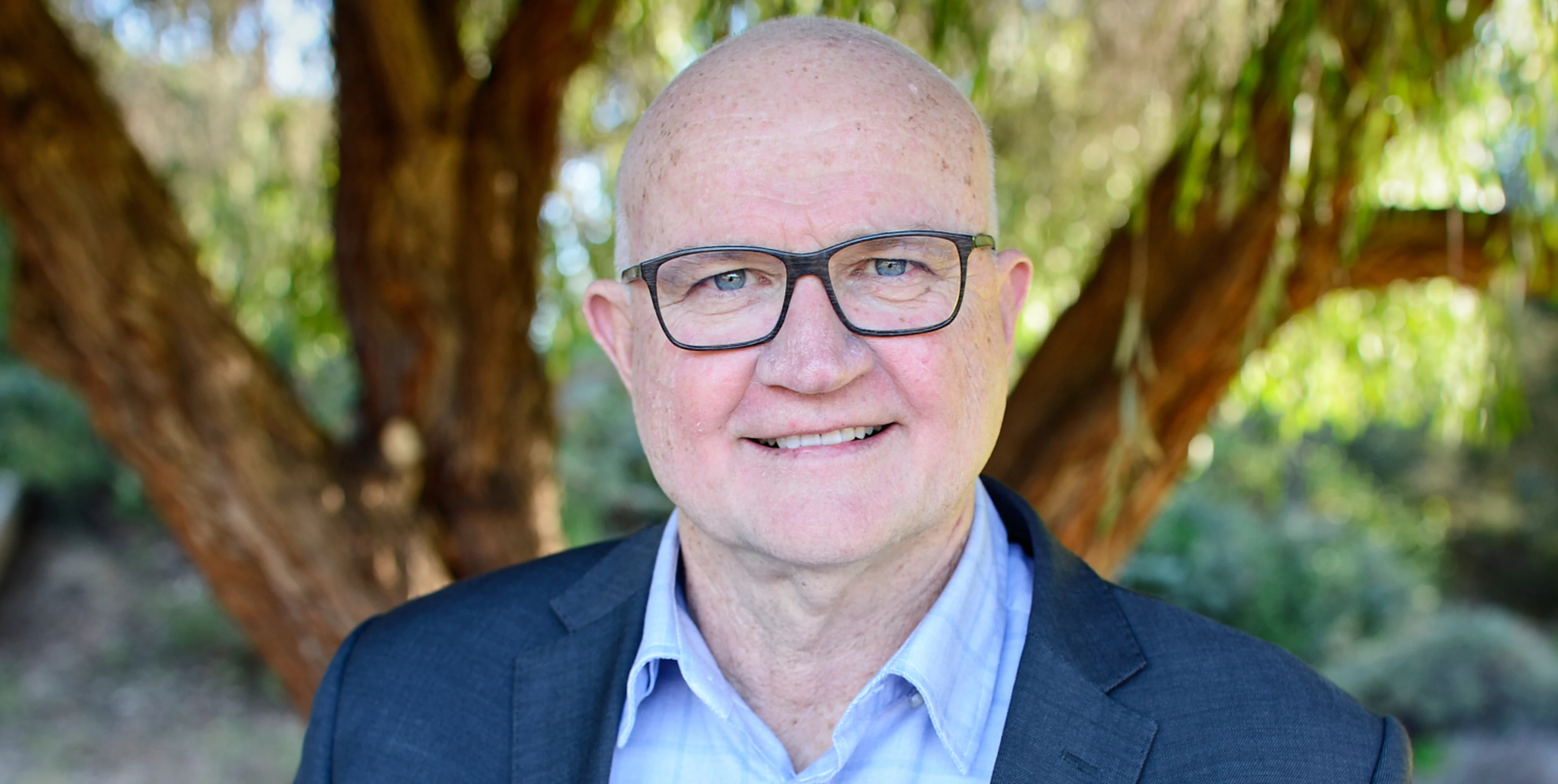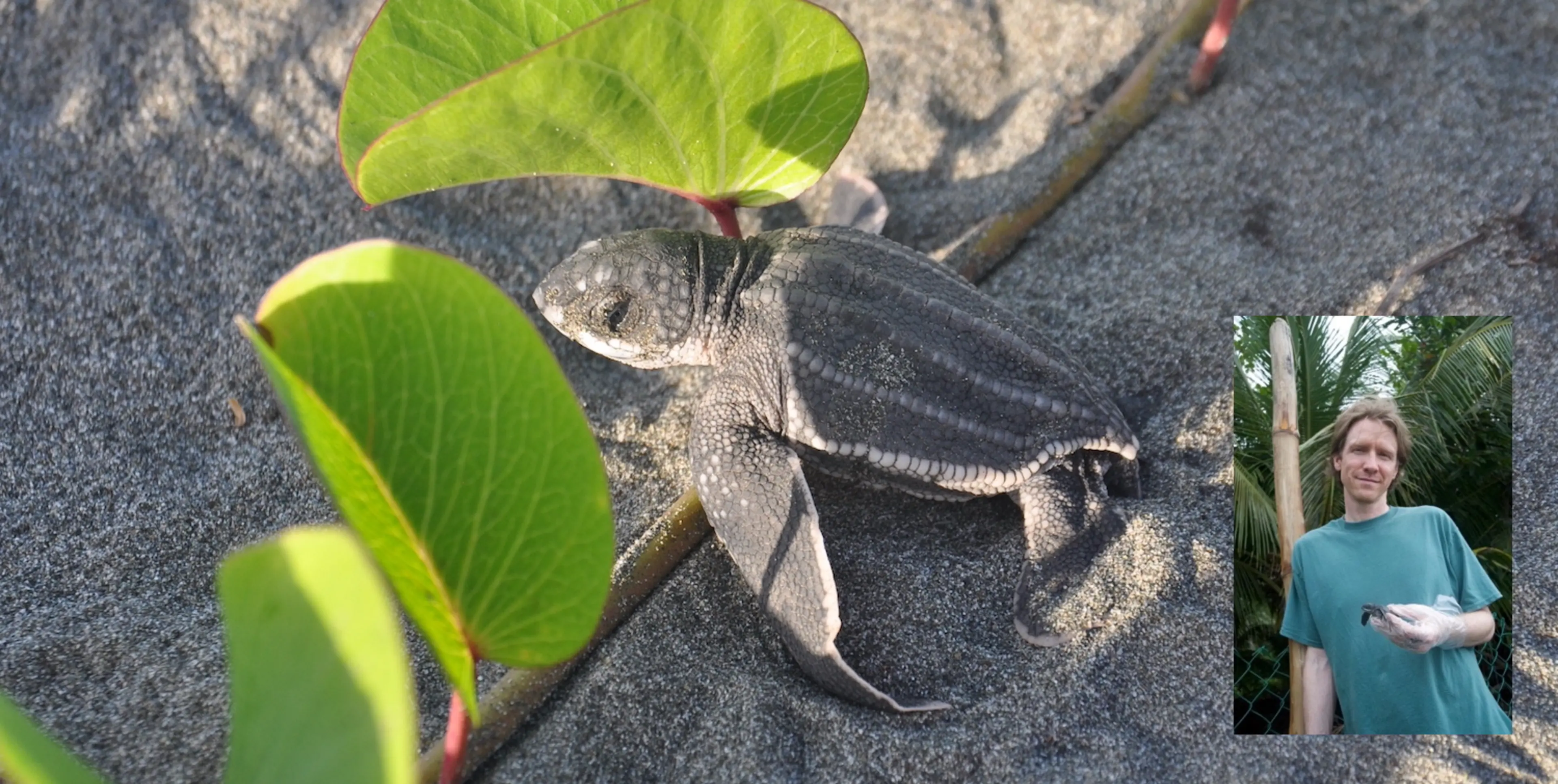Carbon offsetting: what exactly is it and should we all be doing it? Rob Cheesewright, Chief Impact Officer at Pinwheel, sheds light on the hows, the whys and the what-fors…
Carbon offsetting: good or bad?
I’d say it’s good-ish but not where you should start or focus. Carbon offsetting is often better than doing nothing at all, as you’re providing funds to projects that are making a difference in the world. And carbon offset projects have co-benefits: creating jobs, increasing livelihoods, improving wellbeing.
But the starting point for us all is: should we be emitting that carbon in the first place? Can it be avoided? Try and find alternatives. If you fly a lot for business, for example, explore alternatives such as having meetings by Teams or Zoom, or travelling by train. The idea is to avoid emitting that carbon, and when it’s unavoidable, it might make sense to offset.
We also think that the offsetting or ‘compensation’ mindset isn’t the always the most helpful way to think about repairing the planet. The better question to ask is ‘what can I fund that has the best impact’? That might not lead you to offsetting at all, but instead funding a broader range of game-changing projects.
So can I just pay to plant a few trees and hop on a plane with abandon?
No! Carbon offsetting is not a free pass to emit as much carbon as you want. Offsetting can only be legitimate when used for those emissions you really can’t avoid. Be thoughtful about your emissions.
What does “good” offsetting look like?
Many carbon offsetting projects involve planting trees. It’s great these projects exist as they provide local livelihoods and are vital for biodiversity, but those trees do not provide long-term carbon removal because it can't be guaranteed that they’ll be protected forever. And climate change increases the risk of disease and forest fires.
The ideal projects are those that remove carbon dioxide from the air and then lock it underground for hundreds or thousands of years. Seagrass is a fantastic example a game-changer, as it sequesters carbon from the atmosphere 35 times at the rate of a tropical rainforest, so it has a much higher impact. Carbon is also taken to the root and buried under the seabed, which makes it a safer, more long-term option. Our Ocean Rescue plan supports the Ocean Foundation, which protects and replants seagrass beds.
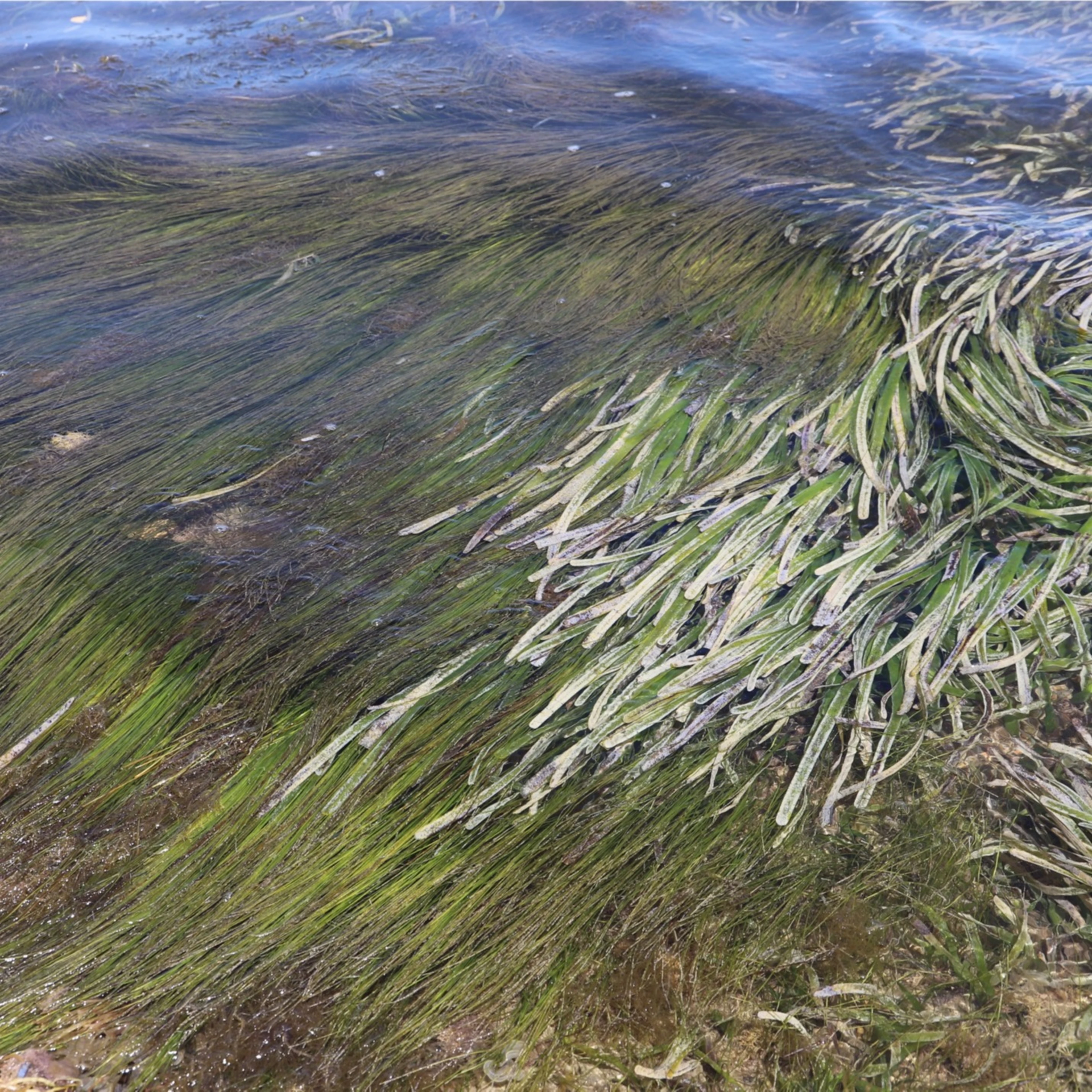
Seagrass - the wonder plant that sequesters carbon from the atmosphere 35 times the rate of a tropical rainforest.
What’s the future of carbon removal?
We’re really excited about a new approach called enhanced biomass sequestration, delivered by InterEarth, which is basically reverse coal mining. This project, grows fast-growing eucalyptus trees in Australia, which are then coppiced and those offcuts are then buried deep underground, locking away carbon for hundreds or thousands of years. We’re calling it reverse mining, because the coal industry removes coal from the ground and burns it, creating carbon dioxide; this removes carbon from the atmosphere, places it in the earth and locks it away.
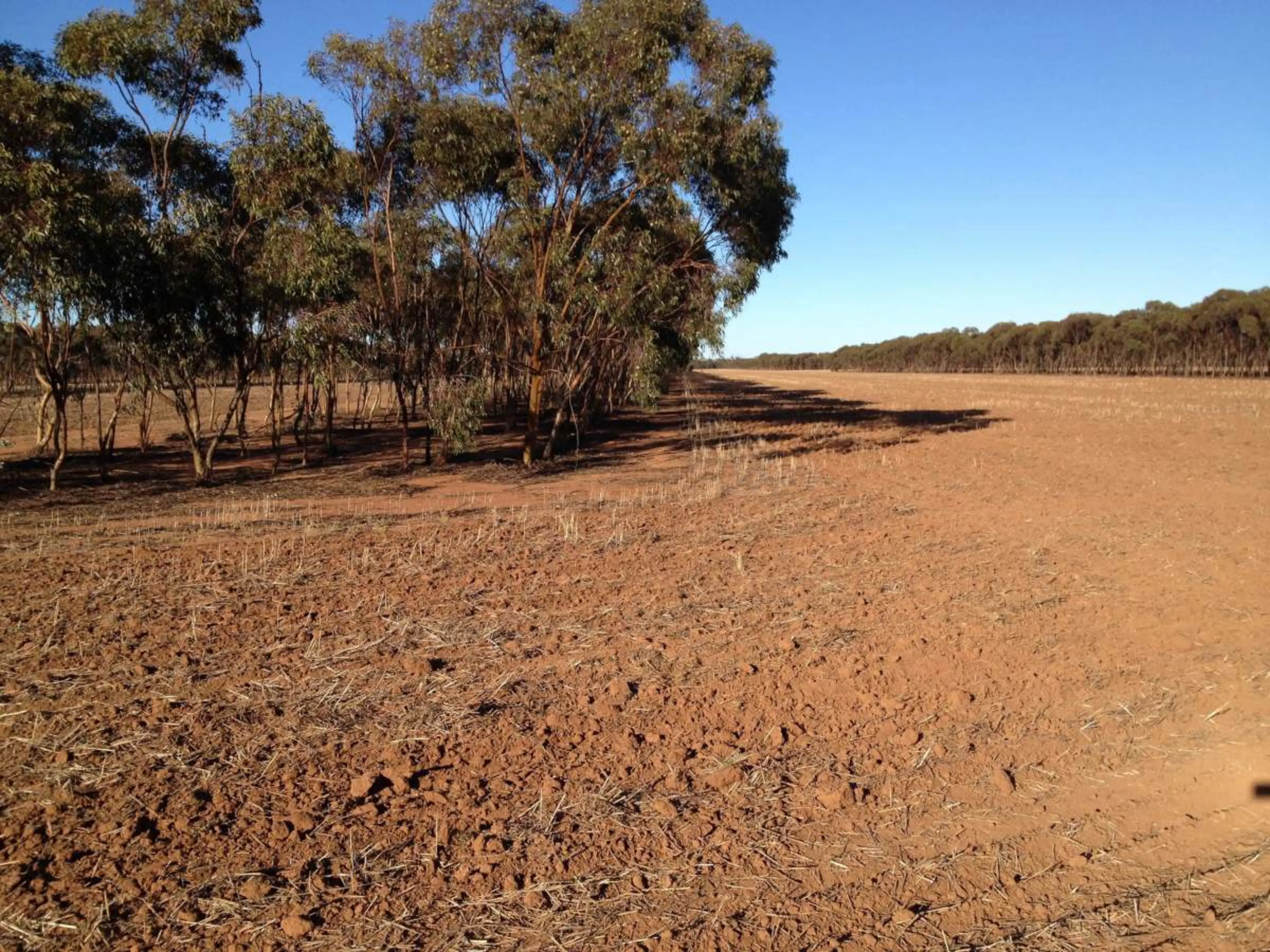
Enhanced biomass sequestration with Eucalyptus trees in Australia.
What’s your top tip for offsetting?
Focus on making the necessary changes in your business and/or lifestyle. Then also fund game-changing planet repair activity, some of which might come in the form of projects that are used for carbon offsetting. Invest in long-lasting, sustainable clothes instead of cheap, fast fashion. Buy locally. Reuse and recycle. Cut down on meat and dairy. Save up for solar panels or an electric car. It’s those small changes that can make a big difference.
Interested in how to take a leading position on sustainability for your business? Contact us at contact@pinwheel.earth

